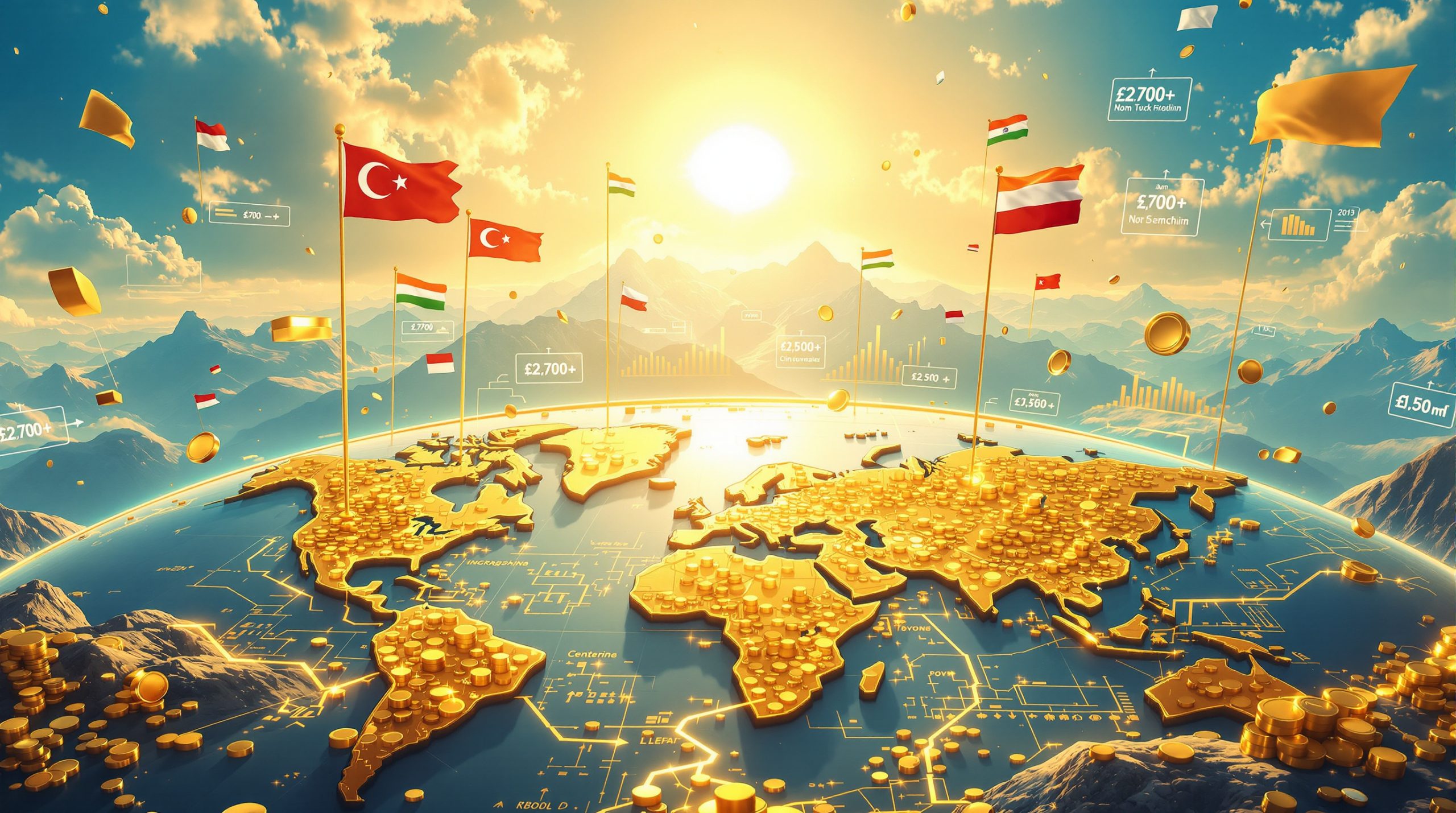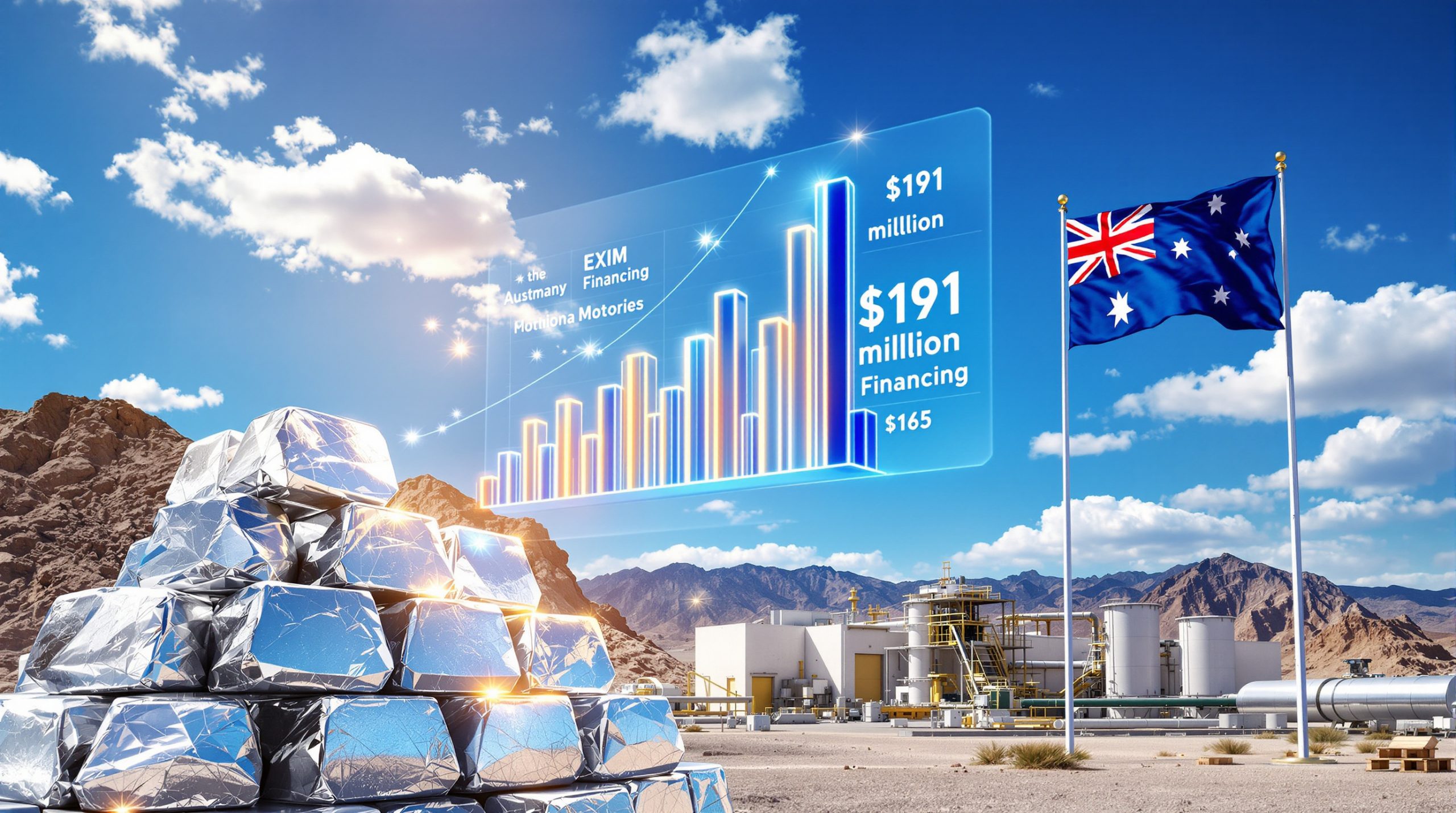What Are the Current Gold and Silver Price Trends?
Record-Breaking Gold Prices
Gold has reached unprecedented levels in the precious metals market, with micro gold futures trading at $3,423.40 per ounce as of late April 2025. Standard gold futures contracts have similarly soared, reaching $3,394.40 per ounce, representing a 1.42% daily increase. This remarkable performance has seen gold gain more than $700 per ounce or 27% since the beginning of 2025, recently surpassing the psychologically important $3,400 mark.
The rally has been fueled by persistent dollar weakness and growing economic uncertainty. These record prices represent more than just numbers—they reflect a fundamental shift in investor sentiment toward traditional safe-haven assets in a time of global instability. Recent gold market analysis suggests this trend may continue well into the future.
Silver's Underperformance Relative to Gold
Unlike gold's stellar performance, silver has shown relative weakness. Silver futures currently trade at $32.79 per ounce (up 1.08%), with micro silver futures at $32.805 per ounce (up 0.92%). Despite gold's remarkable ascent, silver has barely moved above its 2020 high throughout 2024 and 2025.
A particularly concerning technical indicator for silver bulls is its failure to break above the 61.8% Fibonacci retracement level (approximately $35.50), despite gold's strong performance. This divergence has pushed the gold-silver ratio to an elevated 103:1, significantly higher than historical averages and suggesting severe underperformance by silver relative to gold.
Why Is Gold Outperforming Silver in the Current Market?
Gold's Safe-Haven Appeal
Gold's exceptional performance can be attributed largely to its status as the premier safe-haven asset during times of uncertainty. Escalating geopolitical tensions between the United States and China have created significant market uncertainty, driving investors toward traditional safe havens. Economic instability, highlighted by contradictory inflation and growth data, has further strengthened gold's appeal.
Market analysts describe the current geopolitical situation as potentially reaching "an extreme," with both superpowers attempting to influence global allies and trading partners. This environment of heightened tension has historically benefited gold's role as a hedge against market volatility and currency devaluation.
Industrial Demand Concerns for Silver
Silver's underperformance can be partially explained by its dual nature as both a precious metal and an industrial commodity. Unlike gold, which sees only about 10% of demand coming from industrial applications, silver depends on industrial usage for approximately 56% of demand, including critical sectors like photovoltaics and electronics.
The ongoing geopolitical tensions and resulting trade disruptions have significantly impacted global commerce, with U.S.-China tariffs reducing global trade volumes by 12% year-over-year. This industrial demand weakness has effectively offset potential investment demand for silver that might otherwise have paralleled gold's rise.
Investment Sentiment Differences
The divergence between gold and silver is further illuminated by investment sentiment. According to Bank of America's fund manager survey, a remarkable 49% of respondents now see "long gold" as the most crowded trade—the first time in two years that fund managers have not identified the Magnificent Seven tech stocks as Wall Street's most congested position.
This overwhelming bullish sentiment for gold potentially signals a price bubble, according to several expert analyses. Przemyslaw Radomski characterizes gold's rally as an "emotional upswing" driven more by sentiment than fundamentals, suggesting vulnerability to correction once market emotions cool.
What Historical Patterns Are Relevant to Current Precious Metals Markets?
April's Significance for Silver Markets
Historical patterns suggest heightened vigilance for precious metals investors, particularly regarding silver markets in April. Silver famously topped in April 2011 at prices similar to recent highs before experiencing a dramatic decline. Similarly, precious metals and mining stocks suffered accelerated declines in mid-April 2013 following Federal Reserve hints about tapering quantitative easing policies.
The 2011 pattern is particularly noteworthy, as silver peaked at $49.82 before collapsing to $26 by December—a 61% decline that began with a failed breakout above key resistance levels. Current gold and silver market trends show concerning parallels to these historical episodes, suggesting the potential for similar volatility.
Technical Analysis of Silver's Position
From a technical perspective, silver is currently testing a long-term rising support line that extends back to 2020. A decisive break below this support could trigger substantial downward movement, potentially targeting the $22 area. Technical analysts note similarities between the current setup and the pattern that emerged in 2012 before silver declined below $20.
Silver's monthly chart reveals a descending triangle formation since 2020, a pattern that typically resolves with downside breaks. The repeated failure to breach resistance near the 61.8% Fibonacci retracement level has formed the upper boundary of this triangle, with rising support creating the lower boundary—a classic technical pattern preceding significant moves.
USD Index as a Key Indicator
The U.S. Dollar Index (DXY) has recently declined to the 61.8% Fibonacci retracement level based on its 2008-2022 rally, reaching a critical support zone. However, the breakdown below the 2020-2022 61.8% Fibonacci retracement has not been confirmed, suggesting potential for a dollar rebound.
Adding to this potential reversal signal, the USD Index has reached a declining resistance line based on 2022 and 2023 highs. The weekly Relative Strength Index (RSI) for the dollar index currently sits at 29, described by technical analysts as "extremely undervalued" and suggesting an imminent rebound—a development that would historically pressure precious metals prices.
How Are Market Experts Viewing Current Gold and Silver Prices?
Expert Analysis on Market Positioning
Market experts have characterized the current gold price movement as a "gold-only phenomenon," with prominent analyst Przemyslaw Radomski describing it as an "emotional (and thus temporary; vulnerable) upswing." This analysis suggests the rally lacks fundamental support and is instead driven by sentiment and momentum—factors that can reverse quickly.
Radomski specifically predicts that "a big slide in silver is the most likely outcome" based on technical signals and historical patterns. He notes that silver is "particularly vulnerable to a sell-off" given its reluctance to move to new highs despite gold's record-breaking performance. This divergence often signals underlying weakness in the broader precious metals complex.
Technical Factors Supporting Bearish Outlook
Supporting the bearish case for precious metals is the triple support observed in the USD Index, creating what analysts term a "very bullish outlook" for the currency. Historically, a strong dollar has posed "significant danger" to precious metals positions, as these commodities are priced in dollars and tend to move inversely to the currency's strength.
Additional concerns come from equity markets, with S&P 500 Index futures showing downward momentum in pre-market trading sessions. Technical analysts note that market corrections following initial slides often precede trend continuation, suggesting further potential downside for risk assets that could eventually impact precious metals through liquidity concerns.
What Factors Could Impact Future Price Movements?
Potential De-escalation of Geopolitical Tensions
Looking forward, several factors could influence precious metals prices. The current U.S.-China situation may be approaching an inflection point, with historical patterns suggesting possible de-escalation following periods of extreme tension. Any diplomatic breakthroughs would likely reduce gold's safe-haven appeal, potentially triggering profit-taking among investors who entered positions based on geopolitical concerns.
However, analysts caution that the economic impact from tariffs and trade restrictions would likely persist regardless of diplomatic developments. These lasting effects would continue to pressure industrial metals demand, particularly affecting silver's industrial component while allowing gold to maintain relative strength.
Market Sentiment and Positioning
Market sentiment indicators show elevated interest in precious metals, with searches for "gold and silver IRA investment" up 40% year-over-year. This retail investor enthusiasm, combined with professional fund managers identifying gold as the most crowded trade, creates potential for rapid sentiment shifts if technical levels break.
The overcrowded positioning in gold presents particular risks, as crowded trades often unwind rapidly once momentum shifts. Historical examples show that when more than 40% of fund managers identify a position as "most crowded," subsequent performance often disappoints as the trade becomes exhausted.
Technical Support and Resistance Levels
Technical analysts are closely monitoring silver's test of its critical long-term support line, with the $30.50 level aligning with its 200-week moving average. A close below this threshold could trigger algorithmic selling and accelerate downside momentum. For gold, despite significant upward momentum, technical indicators suggest the metal is overextended, with weekly RSI readings above 80 signaling extreme overbought conditions.
Meanwhile, the USD Index has reached multiple technical support levels, suggesting potential strengthening that could pressure precious metals. The convergence of the 61.8% Fibonacci retracement with previous support zones creates a strong foundation for a potential dollar rebound—historically a negative development for gold and silver prices.
FAQs About Gold and Silver Price Trends
Why is gold performing better than silver in 2025?
Gold is outperforming silver primarily because of its stronger safe-haven status during periods of geopolitical uncertainty and economic instability. While gold benefits almost exclusively from investment demand during turbulent times, silver faces headwinds from weakening industrial demand due to trade disruptions, which offset potential investment inflows. The dual nature of silver as both precious and industrial metal makes it more vulnerable to economic slowdowns than gold.
What historical patterns should investors watch for precious metals?
April has historically been a significant month for precious metals markets, with major tops in 2011 and accelerated declines in 2013. These seasonal patterns suggest heightened volatility during this period. Additionally, precious metals often perform inversely to the U.S. dollar, and the current technical setup for the USD Index resembles previous bottoming patterns that preceded dollar strength and metals weakness.
How does the USD Index affect gold and silver prices?
The USD Index influences precious metals prices through several mechanisms. As gold and silver are priced in dollars, a strengthening currency makes these metals more expensive for holders of other currencies, potentially reducing demand. Additionally, dollar strength often reflects risk appetite or rising real yields, both scenarios that typically pressure precious metals. Currently, the USD Index has reached multiple support levels, suggesting potential strengthening that could create headwinds for gold and silver.
What technical indicators suggest a potential reversal in gold prices?
Several technical indicators point to potential gold price vulnerability. The extremely crowded positioning (49% of fund managers seeing gold as the most crowded trade) suggests excessive bullish sentiment. Additionally, gold's weekly RSI above 80 indicates overbought conditions, while the failure of silver to confirm gold's rally represents a classic inter-market divergence that has historically preceded corrections. The Fed rate impact on gold could also trigger market corrections as monetary policy shifts.
How might US-China trade tensions affect precious metals moving forward?
While ongoing tensions initially boost gold's safe-haven appeal, any de-escalation could trigger profit-taking and price corrections. However, the lasting economic impact from tariffs (currently covering $450 billion in goods and potentially reducing global GDP growth by 0.5% in 2025) would continue to pressure industrial metals demand regardless of diplomatic developments. This dynamic could maintain pressure on silver's industrial component while allowing gold to better withstand economic headwinds due to its minimal industrial exposure.
Conclusion
The divergence between gold and silver prices in 2025 highlights the complex interplay of geopolitical tensions, economic uncertainties, and technical market factors. While gold has surged to record highs on safe-haven demand, silver's underperformance reflects concerns about industrial applications amid trade disruptions. Historical patterns, particularly those from April 2011 and 2013, suggest caution for precious metals investors.
Technical indicators, including silver's test of long-term support and the USD Index's potential bottoming pattern, point to increased downside risks for both metals. The combination of extreme bullish sentiment in gold (identified as the most crowded trade) with silver's failure to confirm new highs creates a potentially vulnerable market structure.
Investors should closely monitor geopolitical developments between the U.S. and China, technical support/resistance levels, and USD Index movements to navigate what could be a volatile period for precious metals markets. While long-term fundamentals for both metals remain constructive, near-term risks suggest maintaining disciplined position sizing and implementing appropriate risk management strategies. The gold market outlook 2025 provides further insights for those looking to navigate these complex market conditions.
Want to Spot the Next Major Mineral Discovery?
Stay ahead of the market with real-time alerts on significant ASX mineral discoveries through Discovery Alert's proprietary Discovery IQ model, which transforms complex data into actionable insights for investors. Understand why discoveries like those from De Grey Mining can generate substantial returns by visiting our dedicated discoveries page and begin your 30-day free trial today.




